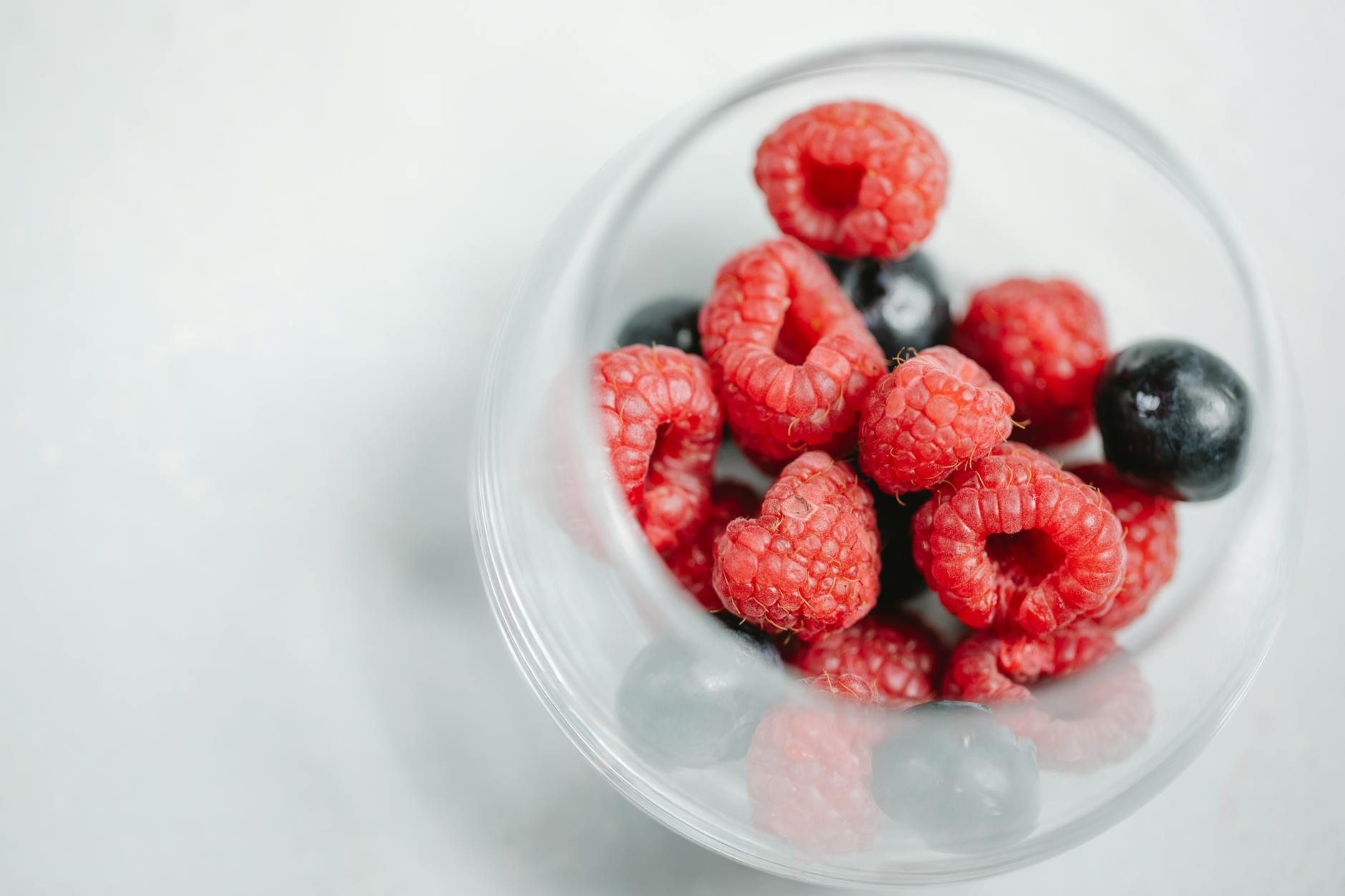Understanding the Kitchen Measurement Conundrum
Cooking and baking is a bit like a tasty science experiment – getting the measurements right is half the battle. Think about how fun it is to beat some eggs, mix in a bit of sugar, and end up with a fluffy cloud of pancake. That’s when you know you didn’t botch the measurements! So, let’s dig into the importance of getting those numbers right in the kitchen.
The Significance of Accurate Measurement in Cooking
Alright, here’s the deal: when we’re cooking, every spoonful or pinch of an ingredient counts. Go overboard with salt, and you’ll need a life jacket to stay afloat in the sea of saltiness. Too little sugar? Your cake won’t even rise to the occasion. This is all to say, measurements are a big deal because they decide how the final dish tastes, looks, and feels. Sticking to the correct measurements gives us the magic key to recreate mouthwatering dishes over and over again without turning it into a game of culinary roulette.
Different Standards of Measurement: Volume vs. Weight
So, what’s the deal with volume and weight? Well, in the cooking world, we usually measure stuff using either volume (like cups and tablespoons) or weight (like grams or ounces). Volume’s nifty for measuring liquids and certain dry stuff like flour, but it’s a bit like catching mist—inconsistent because of how that flour gets packed down when you scoop it. We’ve all been there, diving the spoon in and fluffing it up like a pillow!
Now, when we talk weight, we’re in the math nerd zone. A kitchen scale can be a best friend because it gives us precision. No more guessing games about whether that flour had too much air. A gram’s a gram, no matter what, making it especially important in baking where each gram means cake heaven or tragedy.
So, knowing the difference between measuring by space (volume) and heft (weight) helps us rock the kitchen confidently without having to sacrifice a whole bunch of ingredients to the trial-and-error gods. If you wanna keep your digits straight when switching from cups to grams, check out our shortcut guide to cup-to-gram conversions.
Figuring Out Grams in a Cup
Cooking and baking wouldn’t be as fun if it wasn’t a little confusing, right? Trying to figure out how many grams fit into a cup can feel like solving a mystery. Let’s tackle some of the trickiness behind this conversion puzzle and shed some light on the best ways to measure your ingredients the right way.
The Head-Scratchers of Swapping Volume for Weight
Switching up measurements from cups to grams can get a bit gnarly because not all ingredients play by the same rules. Take a cup of flour and a cup of sugar—they’re like two quirky cousins. They look the part but one weighs way more than the other. Ever notice how humid days seem to add mystery to your baking scales? That’s how moisture throws a wrench in the works.
What’s the secret weapon for getting it right? Well, trusty conversion charts are your friends, just like having a digital kitchen scale on hand is a lifesaver. They’re like a GPS for your kitchen journey. And let’s not forget, liquids and powders might act like diva ingredients, doing their own thing with weight per cup. Nail down these quirks, and you’ll whip up spotless recipes every time.
Basic Tips for Weighing Common Goodies
| Ingredient | Volume (1 cup) | Weight (in grams) |
|---|---|---|
| All-Purpose Flour | 1 cup | 120 grams |
| Granulated Sugar | 1 cup | 200 grams |
| Brown Sugar | 1 cup | 220 grams |
| Butter | 1 cup | 227 grams |
| Milk | 1 cup | 240 grams |
When you’re in the kitchen, accuracy is key to making your culinary masterpieces shine. So pull up those reliable charts or snazzy conversion tools to keep everything in check. Tweak your measurements based on the quirky needs of your ingredients and recipes, and you’ll unlock constancy in your cooking adventures. To go deeper into turning cups into grams, have a jump over to our extended piece on your ultimate guide to cup-to-gram conversions.





